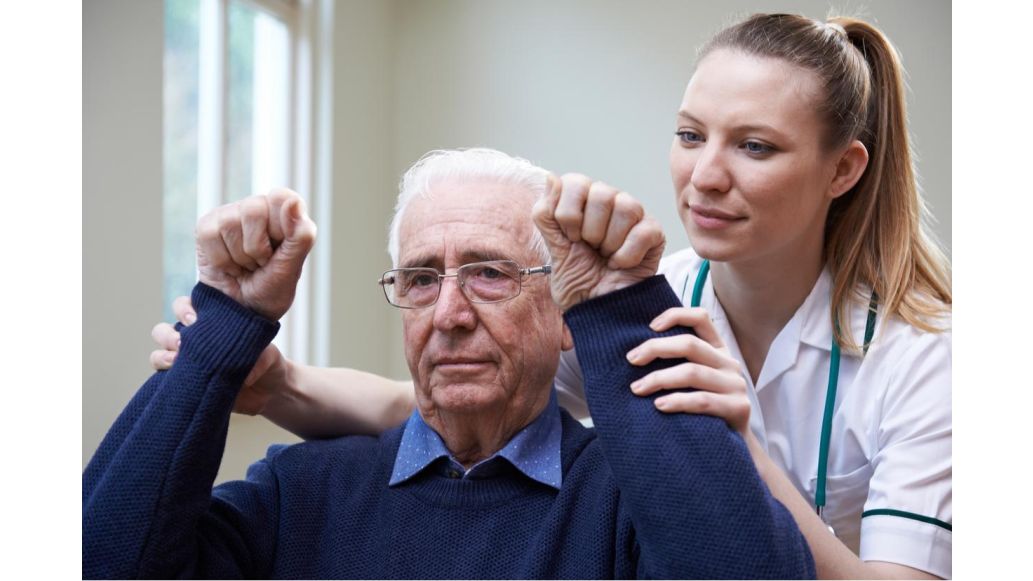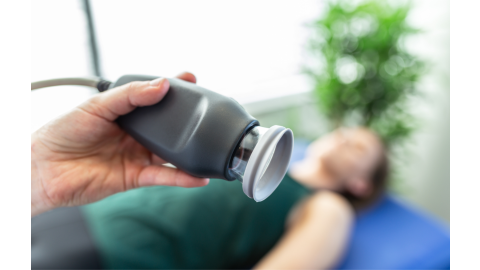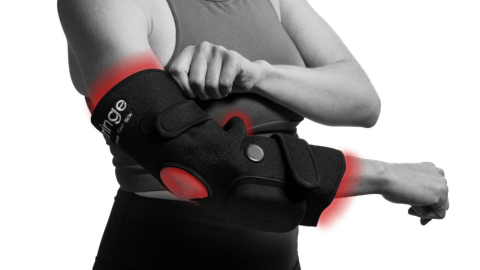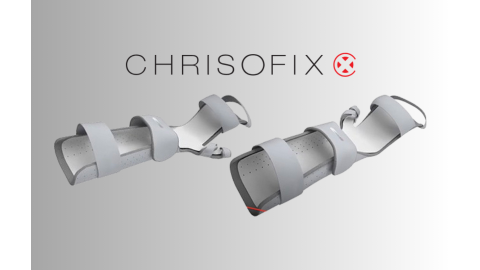Every 40 seconds someone in the United States has a stroke, according to the Centers for Disease Control and Prevention. This has lead to 6.2 million people living with symptoms and consequences of a stroke.1
Fortunately, many people survive their first stroke. But stroke survivors and caregivers often do not have enough information to effectively manage the recovery process when the survivor goes back home.
A quality caregiver is important to help prevent a second stroke and to handle all of the side effects that come after someone has had a stroke.
The Difficulty in Educating Stroke Survivors and Caregivers
Strokes happen suddenly, without opportunity to prepare. Then, immediately after the stroke, the survivors and caregivers need to be well versed in how to manage the aftermath of the first stroke and how best to prevent a second one from occurring.
Caregivers need information on how to care for someone’s emotional or physical needs post-stroke. However, those complicated concepts are not the full extent of what caregivers need to know. Topics like finding community resources and managing financial issues are also necessary to know.
Quality education is critical for a caregiver. Programs like the VA Puget Sound Health Care System in Seattle provide great lectures and discussions given by the hospital’s stroke team twice a month for veterans and caregivers.
But many people live in areas that do not have such a comprehensive stroke education program. Where can they learn everything they need to know to care for their loved one?
The Solution: Information and Education about Strokes
The VA website has a section called RESCUE (Resources and Education for Stroke Caregivers' Understanding and Empowerment). It includes evidence-based best practices that are easy to read, senior friendly, and available in both English and Spanish. It is described as a lifeline to keep caregivers’ “heads above water.”
The site has a plethora of resources including:
- 45 factsheets
- Problem-solving learning module
- Self-help tools
- List of addition resources
- Patient education newsletters
- Glossary with phonetic spelling
The goal of the site is not just to reduce the risk of another stroke, but promote processes for the healthcare system, provider, and patient to follow for the best possible outcomes for Veterans who are stroke survivors.
The site’s most important aspect is that it is available to anyone and easy to navigate. This means every stroke survivor and caregiver now has access to the education that has been so clearly lacking in the past.
With more than 15,000 Veterans hospitalized for strokes each year, it is vital for more people in the VA community to know how to access the best information and top resources. This way we can build the VA community from afar and give each Veteran the best possible outcome.
References
- Boosting education for stroke survivors and their caregivers. (2014, February 11). Retrieved December 16, 2019, from https://bit.ly/2PSXBaw
Medical Disclaimer: The information provided on this site, including text, graphics, images and other material, are for informational purposes only and are not intended to substitute for professional medical advice, diagnosis or treatment. Always seek the advice of your physician or other healthcare professional with any questions or concerns you may have regarding your condition.

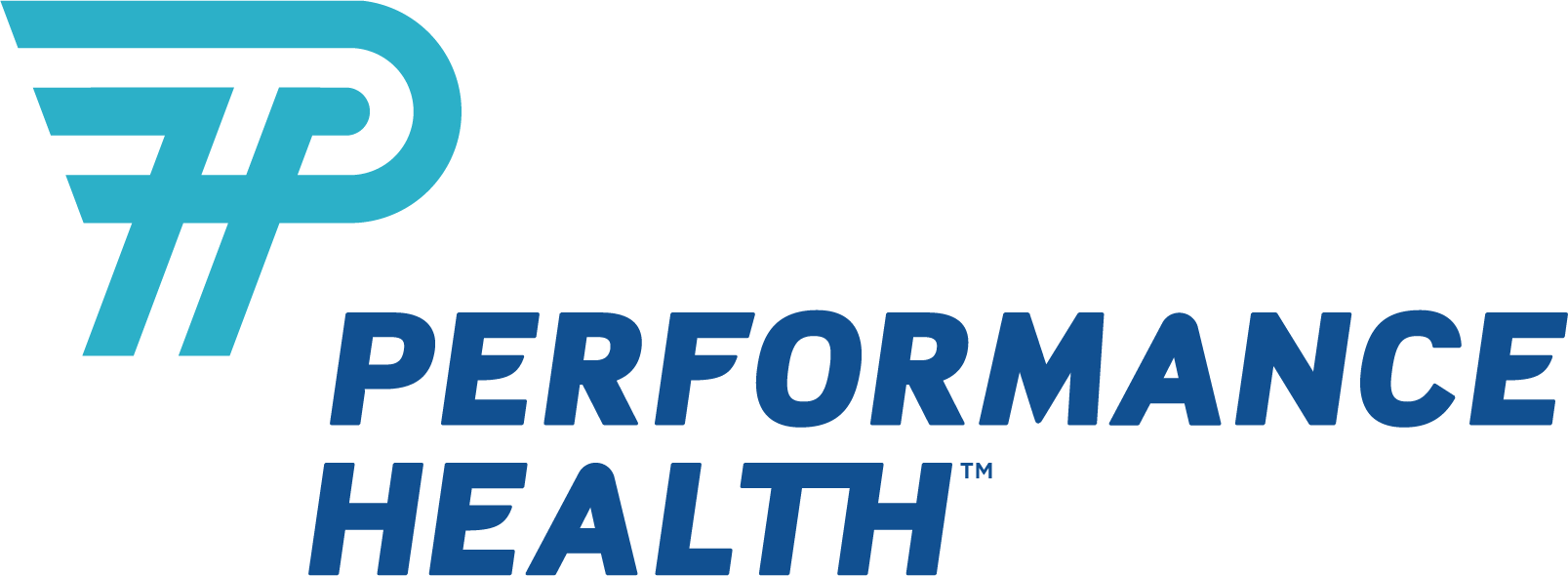






 France
France Australia
Australia